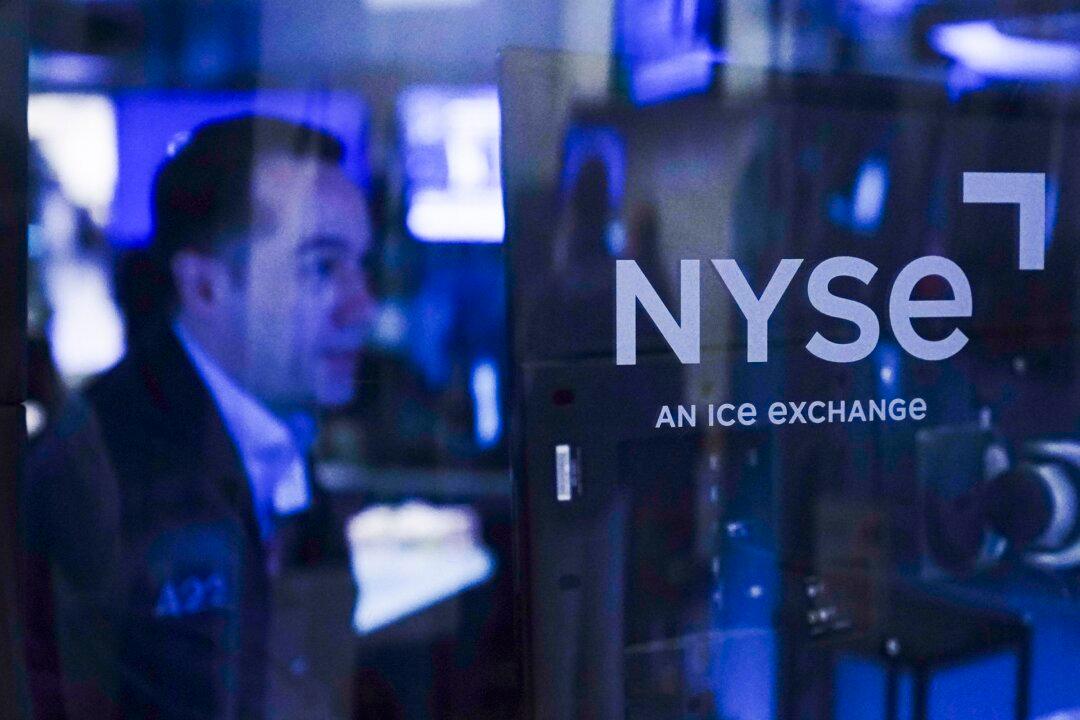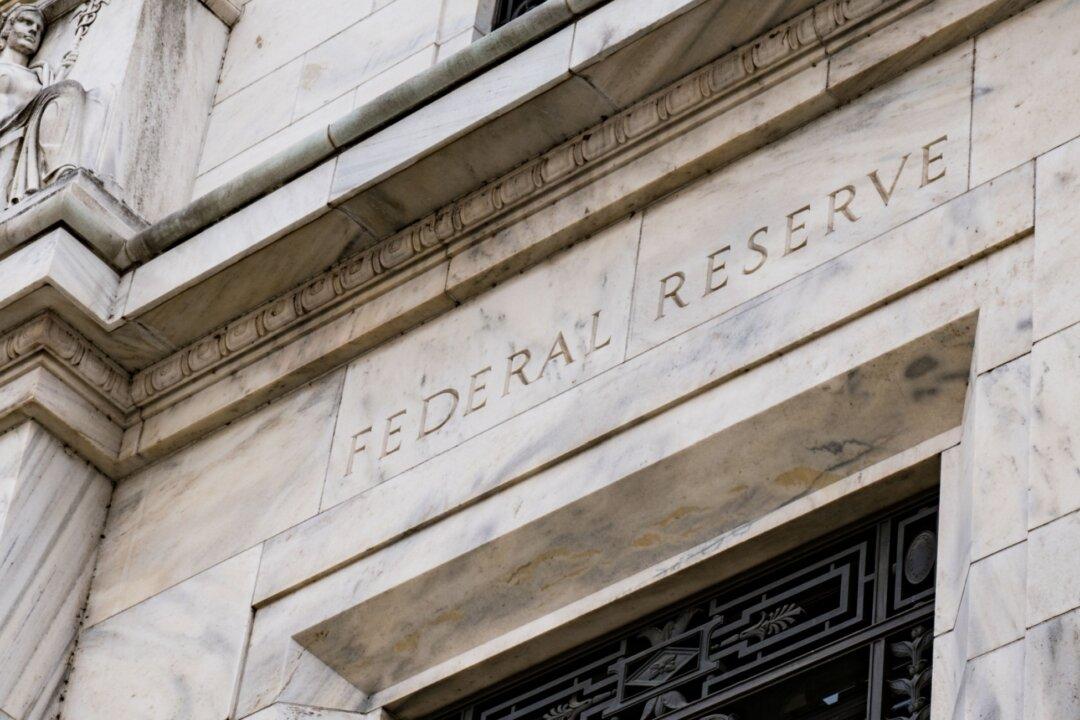Commentary
The year 2023 caught experts by surprise. Economists and market analysts alike started the year on a pessimistic note, anticipating recession, market declines, and overall weakness in the face of inflation and high interest rates. Yet the much anticipated recession never arrived, inflation eased from 2022’s highs, and unemployment remained low. Most notably, the financial markets had one of their best-performing years, with leading equity indexes retracing lost ground and testing all-time highs set in 2021.





